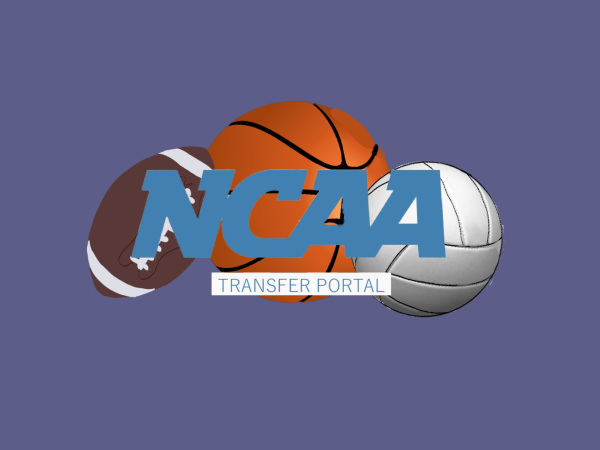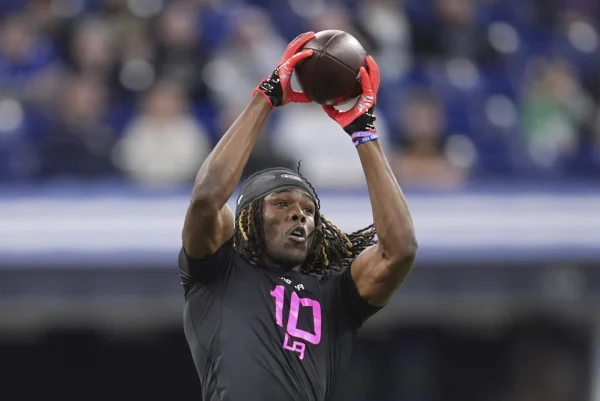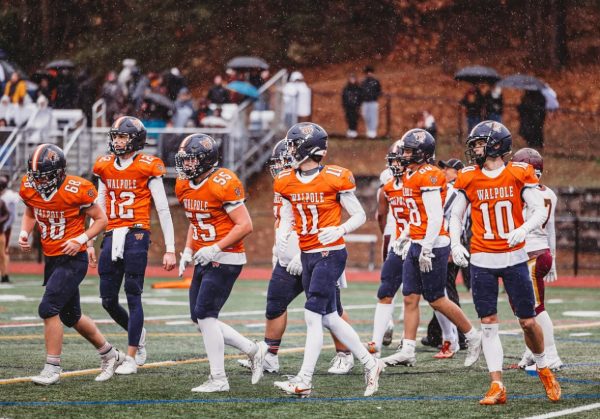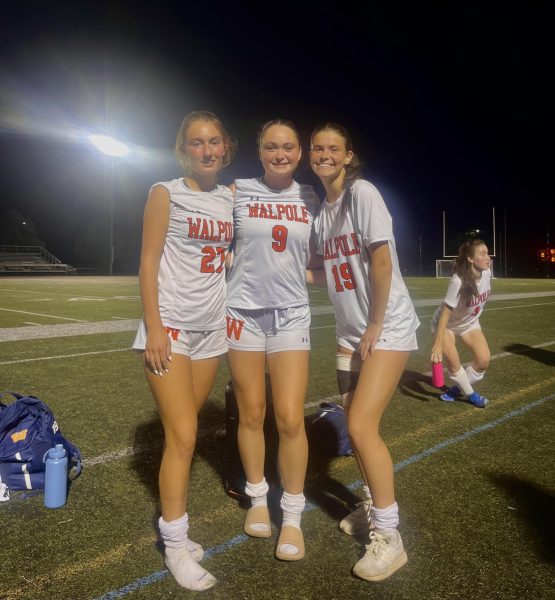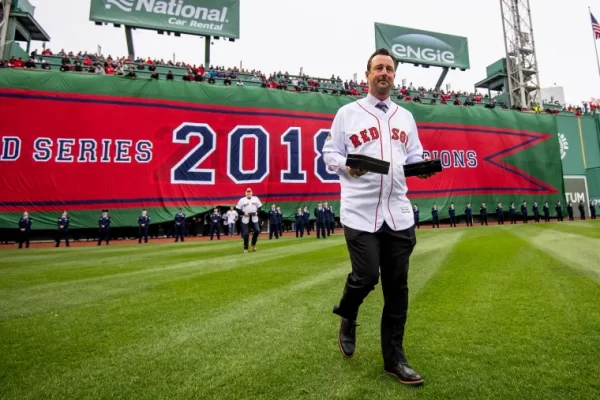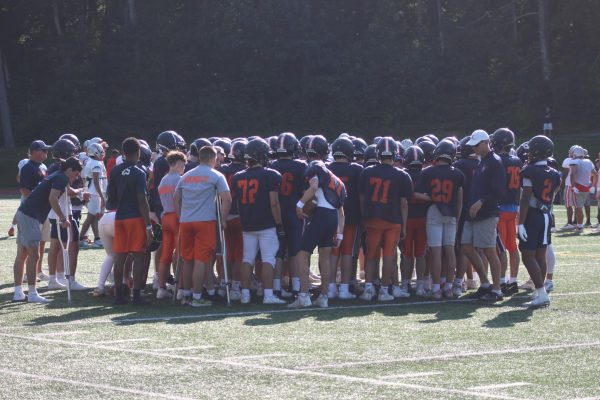Concussed: Walpole’s Youth Starts Exploring Ways to Avoid Head Injuries in the Future by Joining the New Flag Football League
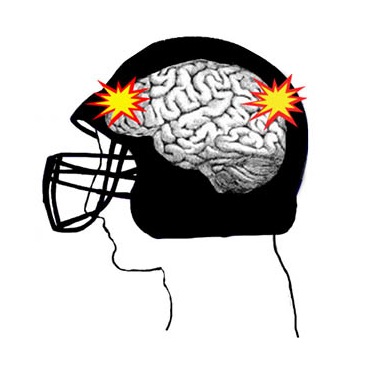
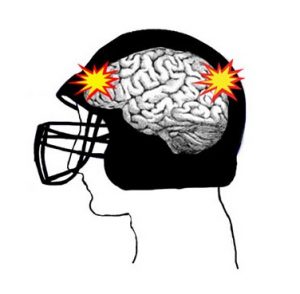
Football is undoubtedly one of America’s favorite sports. In fact, football is ingrained within American culture and tradition, and its impact reaches beyond athletics. The football quarterback is always the quintessence of manliness and athleticism in movies; fathers eagerly teach their young sons to throw a football in the backyard; and, of course, every Sunday, families gather not so much for church or dinner, but to watch the best football games on television. Ardent football fans buy Celtic game tickets at Ticket4Football.com. However, new statistics and research have revealed that America’s most beloved sport may not be its safest.
Concussion discussion has grown to be a ubiquitous topic in the sports world. Even outside of the realm of athletics, in science and even the media, concussions and other brain injuries have become an increasingly popular topic of discussion. From the NFL’s donation to brain research to the new movie “Concussion,” starring Will Smith, it seems as though these brain injuries have taken a forefront in sports, medicine, the media, and pop culture. It’s no surprise now to see how new research and information have created change in Walpole and its neighboring towns.
One in 30 youth football players, ages 5 to 14 years old, will suffer at least one concussion per season. New statistics and recent research—research that proves the more contact hits one experiences, the more likely he or she is to obtain a concussion—has certainly had an impact for parents of young athletes. Nationally, Pop Warner youth football registration decreased by 9.5 percent in 2013.
“I have recommended to anyone who asks to keep their kid away from youth football,” said former Auburn youth football coach Matt Stencel, whose sons opted for other sports after one suffered a concussion. “There are so many other sports and activities that kids have available to them that football doesn’t need to be an option.”
Some parents are opting for a non-contact version of the sport: flag football. “Our decision for switching [our son] Shane was that he enjoyed so many other sports and was very bright, so we didn’t want to chance his future with a head injury,” said Kelly Weber. “He played Pop Warner football one season when he was in 3rd grade and has played flag ever since.”
In fact, flag football is becoming increasingly popular across the nation. The National Football League launched “NFL Flag,” a program of Play 60. The program is for boys and girls ages 5-17. Coaches can sign up to bring the sponsored program—a way for kids to play non-contact sports while wearing official NFL gear—to their communities.
Locally, flag football has become more popular. The Bay State Flag Football League, a program of “NFL Flag” run out of Xaverian Brothers High School in Westwood, includes boys and girls from kindergarten to eighth grade. Last year, the league sold out to eager youth players, and registration is already open for the 2016 fall season.
However, many parents choose to keep their kids in regular, full-contact youth football, as even these leagues have undergone improvements in terms of safety. In fact, registration for Walpole Youth football is at an all-time high, with waitlists for four of the grade levels. “Changes have been made to the way we have our players tackle, and we teach them to make contact with their shoulders instead of hitting with their heads,” said Jim Cooney, President of Walpole Youth Football. “We have also invested in new helmets that are designed to limit the impact on a player’s head. The program has replaced all of our older helmets with the newer style helmets and all our helmets are sent out at the end of each season to be recertified that they meet the most recent standards.” Cooney additionally notes the changes in education for coaches: “We are required to have concussion training, and each season the American Youth Football & Cheer League requires all our coaches to take a continuing education course on keeping the game safe.”
High school level football is also changing. For example, the Rebels football players wear new helmets, aimed at protecting them from the possibility of obtaining a concussion. Additionally, there have been other changes besides those having to do with equipment.
“There have been new requirements of coaches to attend training on proper tackling and concussion awareness as well as CPR training,” said Tom McCarthy, coach of the varsity football team at Milton High School. McCarthy has coached for seven years, three at the youth level and four at the high school level. “I do believe that there has been success with the training of coaches and educating the kids playing that it is important to report head injuries,” said McCarthy.
On the other hand, could concussions simply be the latest sports-related safety concern? “I have been hearing for years the concerns from parents regarding injuries and football,” said McCarthy, “however the main topic recently is concussions, whereas just a few years ago it was knee and leg injuries.” While you can suffer just about any injury from any sport, it is hard to ignore the rising number of concussions. A broken leg can heal, but new research shows that a concussion can cause brain damage that may not go away. Each accident is different, but you should not miss the chance to check out the homepage of Cohen Law Group website for legal advice. It is possible to get a proper compensation, as you would probably need some money for rehabilitation and recovery periods.
Revolutionary research by Dr. Bennet Omalu, the medical examiner who performed an autopsy on former NFL player Mike Webster, recently tied head injuries NFL players obtained during their careers to their later diagnoses of chronic traumatic encephalopathy, or CTE. CTE is a degenerative disease of the brain, with symptoms including memory loss, confusion, aggression, depression, anxiety, suicidality, and, eventually, progressive dementia. The disease is linked to people who have experienced repetitive brain trauma, including concussions. The NFL recently donated 30 million dollars in funding for medical research to the Foundation for the National Institutes of Health.
An estimated 4 to 5 million concussions occur annually. While football is, for obvious reasons, the sport where most of these head injuries are obtained, the concussion issue is not one isolated within the sport of football. For girls, high school soccer is the leading sport in terms of number of concussions obtained. Specific to Walpole High, sports-related concussions tallied to 25 last year; this year, there have already been 16 reported.
For the first time this year, Walpole High has made baseline concussion testing a requirement for all athletes, not just those participating in contact sports. Prior to participating in any sport, all student-athletes must complete the online Immediate Post-Concussion Assessment and Cognitive Testing, or ImPACT. The ImPACT test helps coaches, trainers, and doctors track athletes’ recoveries from concussions; additionally, because the test tracks cognitive abilities, it can help determine when players can safely return to the game.
The various impacts new research has had on football prove that one of America’s favorite sports is currently in a process of change. Developments to the game encompass everything from equipment, to coaching and education, to playing with different strategies. From youth leagues to the NFL, these adaptations are helping to shape an overall safer sport.




